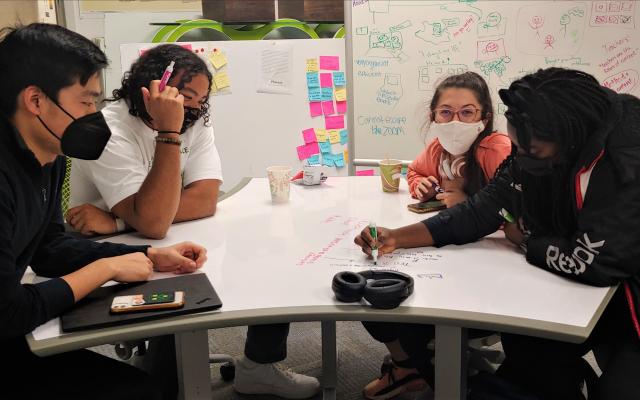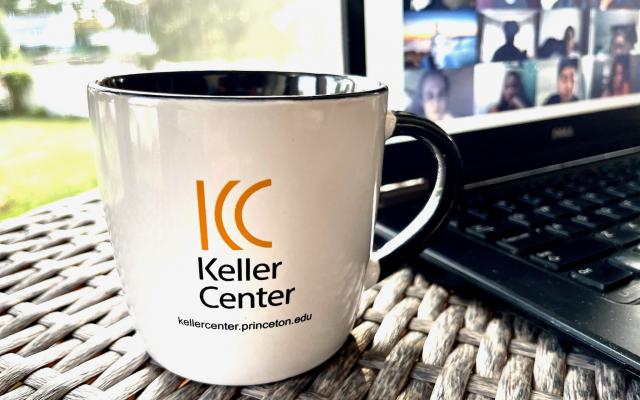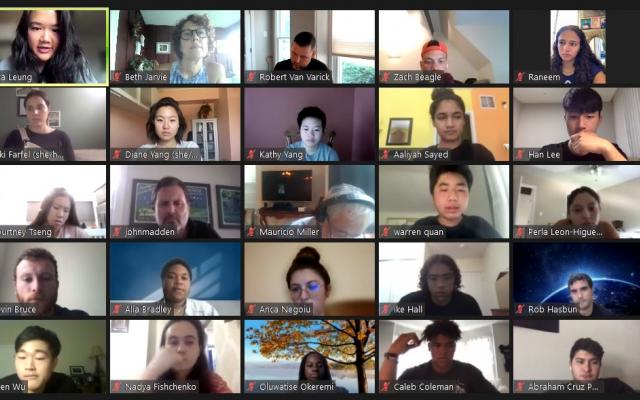
How might we design a proper practice and strengthen the teaching and learning standards of disseminating hard history through education?
On Feb. 15, 1804, New Jersey passed a law providing for the “gradual emancipation of slaves,” making it the last northern state to outlaw slavery. Despite the purported intention of the scheme, it freed no one in the next 20 years, and New Jersey’s law continued to permit the sale of Black children in the name of “apprentices”, providing that they are subject to “assignment” instead of “sale.” Later in 1865, the Garden State voted against the passage of the 13th Amendment to the U.S. Constitution to free the slaves, although the bill was passed the following year.
“Slavery is hard history,” states Hasan Kwame Jeffries, an associate professor of history at Ohio State University. All American history is intertwined with slavery. The Amistad law, which requires all public schools to teach African American history, was signed in 2002, but the Amistad Curriculum has not been widely implemented or strictly enforced in many districts. In Nov. 2019, New Jersey Governor Phil Murphy launched the Amistad Journey to include opportunities for educators to visit historical sites of slavery. It was the most recent effort to commit to elevating African American history in school curricula.
Many efforts have been made to uncover and recover the numerous untold stories of local slave owners and enslaved people, but the question remains as: how the teaching of these histories is ensuring that students are getting a full and accurate picture of the past. In a survey by Teaching Tolerance, a large percentage of the 1,800 K-12 social studies teachers reported that they felt uncomfortable teaching slavery as there is very little help from their textbooks or state standards. By zooming into our state’s history with regard to slavery, highlighting the legibility and visibility of the historical evidence, determining the knowns and the unknowns in our education, this team of Tiger Challenge students will focus on creating an empathetic, innovative way of disseminating these “hard history” to younger students and the broader public. While the Tiger Challenge students will focus primarily on the history of slavery in the Princeton area, this will be a joint effort with other institutions, universities, and organizations in New Jersey.
Faculty Advisor:
TBD
Community Partner:
Jonathan Golden, Professor and Director of Center on Religion, Culture and Conflict, Drew University
John Madden, Teacher, Humanities Academy, Morristown High School
Not in Our Town Princeton
Princeton School Board
What is the team working on now? In the team's own words:
Phoenix is dedicated to ensuring that both K-12 students and teachers learn a history that includes previously suppressed histories, highlights differences and sameness, and discusses race in America without avoiding uncomfortable discussions about the nation’s past actions. We believe that this kind of history is America's alarm clock. America has been hitting snooze on facing our dark & suppressed history for too long.
Throughout the summer our team conducted countless interviews and searched for patterns so that we could learn more about the current situation in terms of what and how historical content is taught. We found that history creates a narrative in people’s minds and the history that is currently taught silences and overlooks marginalized people. Once people learn this history, they feel entitled to it and it becomes hard to hear about history from other perspectives. In turn, these other perspectives end up feeling uncomfortable or “less truthful” because they don’t fit into the vision of America that was already established. Coupled with this is the fact that teachers - the filters of content for students- themselves tend to be uncomfortable teaching this holistic history and as a result, they struggle and there is hesitation when it comes to how Hard History can be addressed in a classroom. To this end, our team is ideating ways to answer the question: how might we assist teachers to create a classroom experience that promotes effective learning of America's holistic history?

